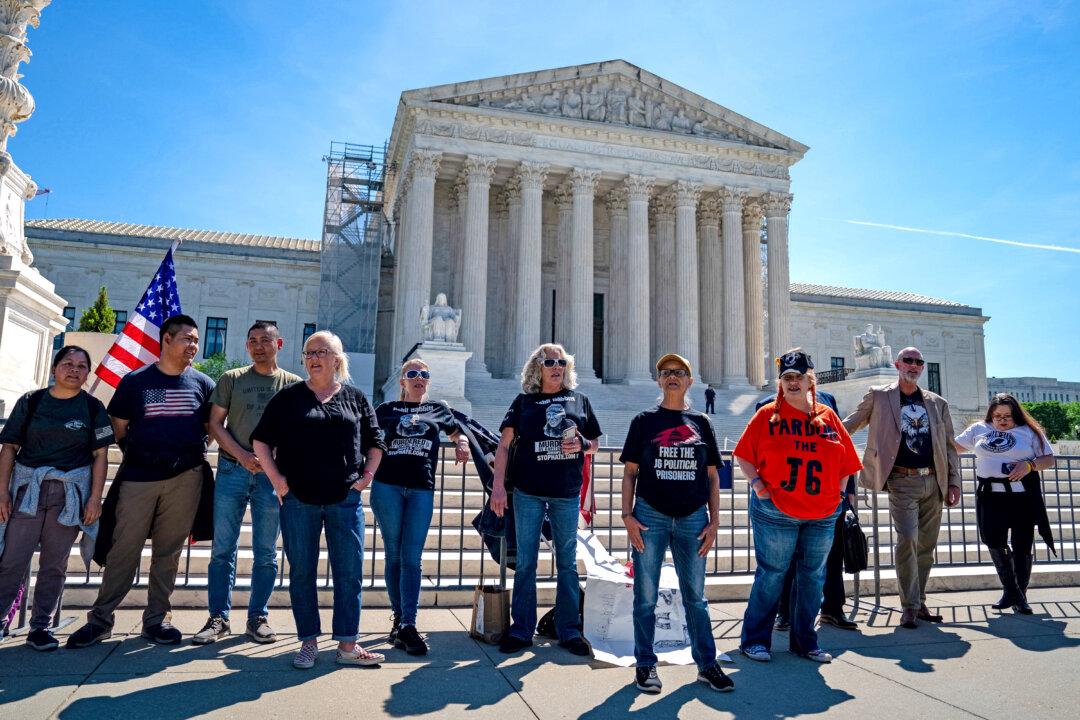Wednesday, July 27, 2011
THEN
On July 27, 1921, two Canadian scientists from the University of Toronto, Frederick Banting and Charles Best, successfully isolate insulin, a hormone produced by the pancreas, which they believe can control diabetes. Tests on canine subjects are a miraculous success and within months, supported by Canada’s leading diabetes researcher John MacLeod, Banting and Best begin testing humans. Previously, diabetes—recognized for over 3,000 years—had been an automatic death sentence. It was treated with a diet low in sugar and carbohydrates, and high in fat and protein, which could extend a sufferer’s life by perhaps a year. But by 1923, insulin is widely available, saving countless lives. Controversially, Banting and Macleod, not Best, are awarded the Nobel Prize in medicine in 1923 for their work.
NOW
Last week, the Mayo Clinic reported that endocrinologists, Yogish Kudva and Ananda Basu, are developing an artificial pancreas that will be able to automatically deliver insulin to a patient with a new level of individualized precision. Central to their work was the observation that if patients did low-grade, physical activity after eating their blood sugar levels were close to a normal person’s; no activity, resulted in elevated blood sugars. “Real-time detection of physical activity—and modeling of its effect on glucose dynamics—is vital to design an automatic insulin delivery system,” said Dr. Kudva in a Mayo Clinic article. Clinical trials are expected to begin in November.




Friends Read Free